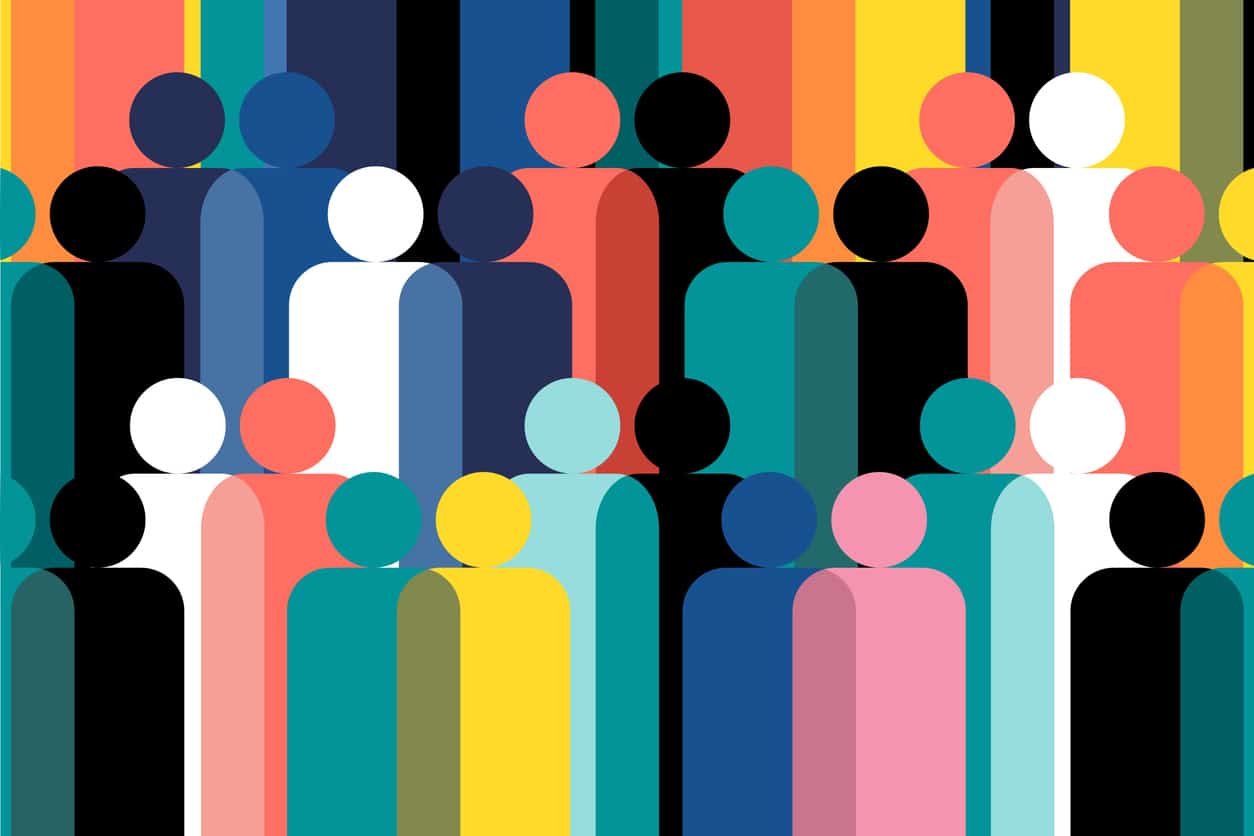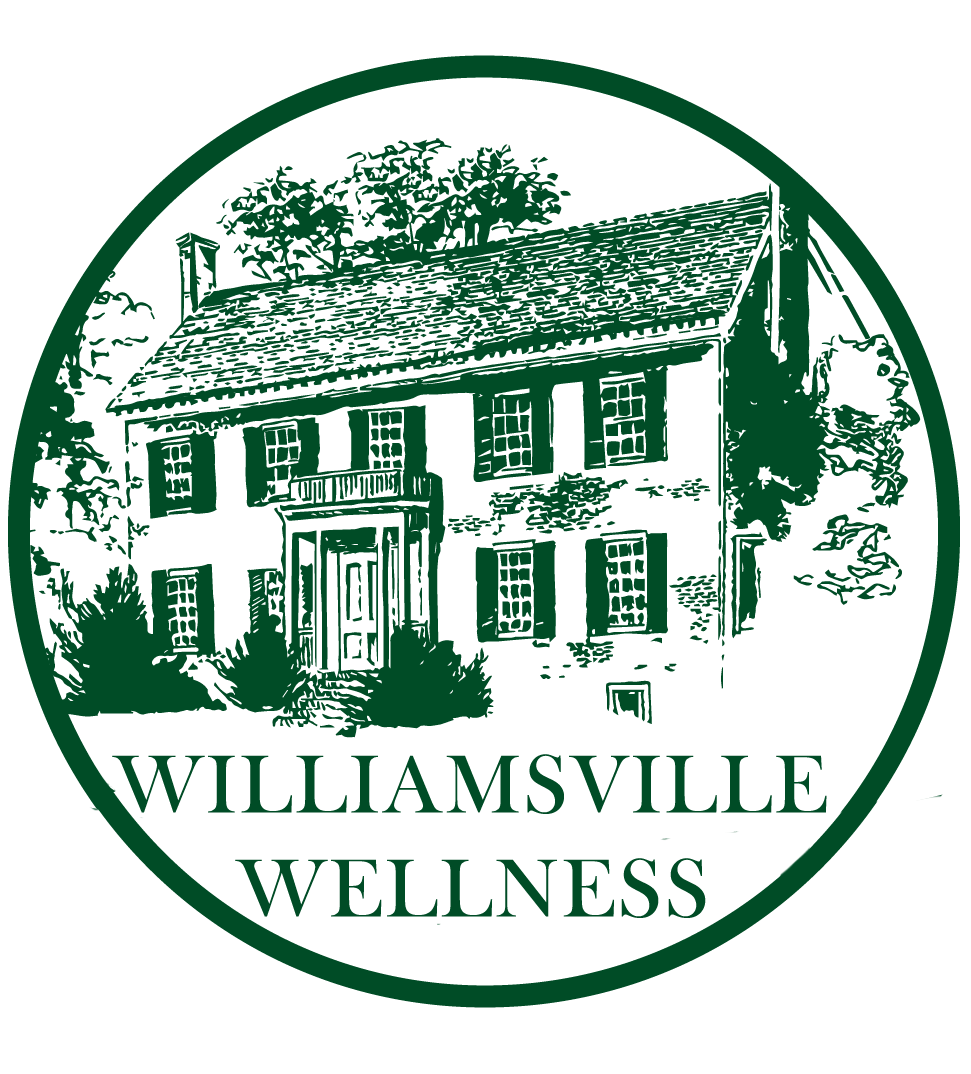The Barriers of Intersectionality in Addiction Recovery

In all fifty states across America, protests have taken place in solidarity with George Floyd (and Garner, Martin, Brown, Bland, Castile, Taylor… as well as all those that have died or been victimized without their names and stories being publicized) and the Black Lives Matter movement. Given the inexcusable actions by law enforcement that directly resulted in Floyd’s death, the protests have primarily focused on police brutality and how this violence disproportionately impacts Black lives. However, systematic, systemic racism does not merely lay the foundation for police brutality. The ramifications of this power system pervade almost all – if not all – areas of society and life, including substance abuse and recovery.
Those with a minority identity of any kind may have different triggers than those of the majority, whether it be lack of representation, issues within respective communities, conflict of identity, or a looming feeling of “otherness.”
What does this mean in the context of substance abuse? Those belonging to ethnic and cultural minority groups are the least likely to actively seek out treatment.
In a national survey from 2014 by the Substance Abuse and Mental Health Services Administration (SAMHSA), African Americans reported receiving mental health treatment at half the rate of their White counterparts. This is an interesting statistic, as a separate national study by the Center for Disease Control (CDC) in 2014 reported rates of negative feelings (hopelessness, sadness, worthlessness, or that everything is an effort all of the time) in African Americans at double or more than double the rates of the White population. Hispanic individuals were at even higher risk than the African American participants. These feelings are often correlated to substance abuse.
Asian Americans seek mental health care three times less frequently than their White counterparts. However, according to the American Psychological Association, Asian American college students have a higher rate of suicidal thoughts and attempts than the White population. There are various minority groups that have drinking cultures stronger than the rest of the United States, and as a result higher fatality rates. For example, according to a federal report from 2008, 11.7% of deaths in the Native American population are alcohol related – compared to the national average, 3.3%, Native Americans are dying three times more often of alcohol related causes.
In many immigrant communities, for example, the South Asian American community, mental illness is stigmatized more extremely than in the general American population. This stigma derives from various traditionalist ideologies, whether they be religious or otherwise. Worst of all, it reduces the likelihood that someone in need of support would reach out and actively seek it. What does this mean? Those struggling may not feel like they can reach out due to cultural barriers. They may try to downplay their symptoms and not recognize it as a true problem in fear of not having social support. When there’s such a disparity present, the statistics given potentially correlate to higher rates of substance use.
In the LGBTQ+ community, there is not much long-term data on substance abuse trends like that of non-LGBTQ+ populations
However, numerous studies were conducted in the last 10 years that help to shed light on particular substance abuse disparities. Collected from the National Survey on Drug Use and Health in 2015, those identifying as “sexual minorities” (identifying as gay, lesbian, or bisexual) have reported using illicit drugs in the past year at a rate of 39.1%! That is more than twice the rate of heterosexual participants in the study. In these populations, the risk for pain reliever misuse and marijuana use was double that of the heterosexual population. There is an overall higher likelihood of LGBTQ+ individuals to experience substance use disorders within their lifetimes. There is also a higher likelihood of co-occurring psychiatric disorders, such as depression or anxiety, than their non-LGBTQ+ counterparts.
What makes navigating minority mental health even trickier is the intersectionality of it all.
Some individuals may have more than one minority identity. Some may still be coming to terms with their identity. When most research is done from a traditional western hetero-normative point of view, there are many questions that are left to be asked or factors that were not considered before. It is important to recognize the intersectionality of individuals, and not to place people into the box they were assigned. National averages help give context to a greater picture, but each individual paints their own details to fill in the narrative of their life circumstance.
-Courtney Judd
Further Reading:
(source: https://www.ncbi.nlm.nih.gov/books/NBK83240/ )
(source: https://www.minorityhealth.hhs.gov/omh/browse.aspx?lvl=4&lvlid=24)
(source: https://www.minorityhealth.hhs.gov/omh/browse.aspx?lvl=4&lvlid=69 )
(source: https://www.nami.org/Blogs/NAMI-Blog/July-2019/Balancing-Expectations-with-Mental-Health)
(source: https://www.drugabuse.gov/related-topics/substance-use-suds-in-lgbt-populations)
(source: https://samhin.org/south-asian-culture-and-mental-health/)
(source: http://www.nbcnews.com/id/26439767/ns/health-addictions/t/native-american-deaths-alcohol-related/#.XSdz3ehKjIU)

